by Philip Lai, 9V1PL
This article was motivated by my fellow HAMs from the satellite group. Based on my success with the application of the concept of EME on 2 m to our SARTS Repeater without line of sight, I hope this write up can help those in the hobby with similar challenges to explore the concept of EME.
Earth-Moon-Earth communication (EME), also known as moon bounce, is a radio communications technique, which relies on the propagation of radio waves from an earth-based transmitter directed via reflection from the surface of the moon back to an earth-based receiver.
The challenge of my location (QTH)
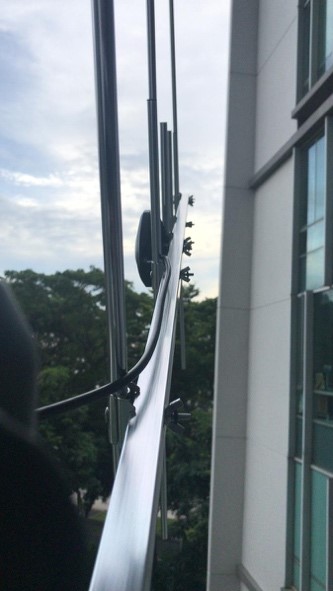
I am located at the South Eastern Coast of Singapore, an apartment dweller with low elevation of 25 m facing south west. The distance to the Singapore VHF repeater is approximately 12 km. The small balcony with an opening of just slightly over 100 degrees is surrounded by tall buildings and makes it difficult for me to reach the repeater located at Dover.
For many months, when I first started as a new HAM, all I could hear was noise from my handheld (HT).
Each time I pushed the PTT, I couldn’t trigger the repeater, but even when I could trigger the repeater, I couldn’t hold it transmitting. It was frustrating, I fully understand, if you are facing similar challenges.
Using a Diamond AS1430 Yagi directional antenna, I pointed it towards the repeater as good as possible. The building walls on the right would affect the radiation pattern; that would likely have a negative impact to my transmission.
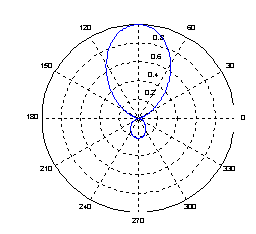
Our veteran HAMs often advise us to be creative in our thoughts and design of antenna type and locations. With that in mind, I decided to try out a higher gain vertical antenna. On the same spot, I erected a Diamond NR22LH vertical. The test was a complete fail!
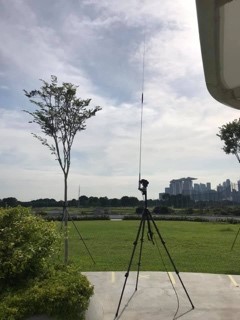
Now the NR22LH became one of my best antennas in the field of “Parks on the Air” (POTA).
Earth-Moon-Earth (EME)
9V1YP:
“Poke the sky”
In the midst of my frustration, I decided to explore working on satellite. That was when 9V1KB introduced me to a group of satellite HAM led by 9V1YP.
We began hitting satellites such as LAPAN IO-86 and the ISS. By hitting I mean that I was very successful with the Automatic Packet Reporting System (APRS).
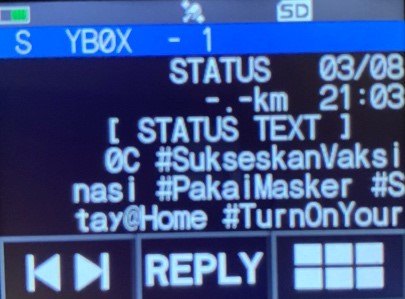
Through IO-86 and ISS, my APRS packets were received in the Philippines, Thailand and Indonesia with replies from other HAMs. This motivated me to use my yagi antenna almost every day, quoting 9V1YP “Poke the sky”!
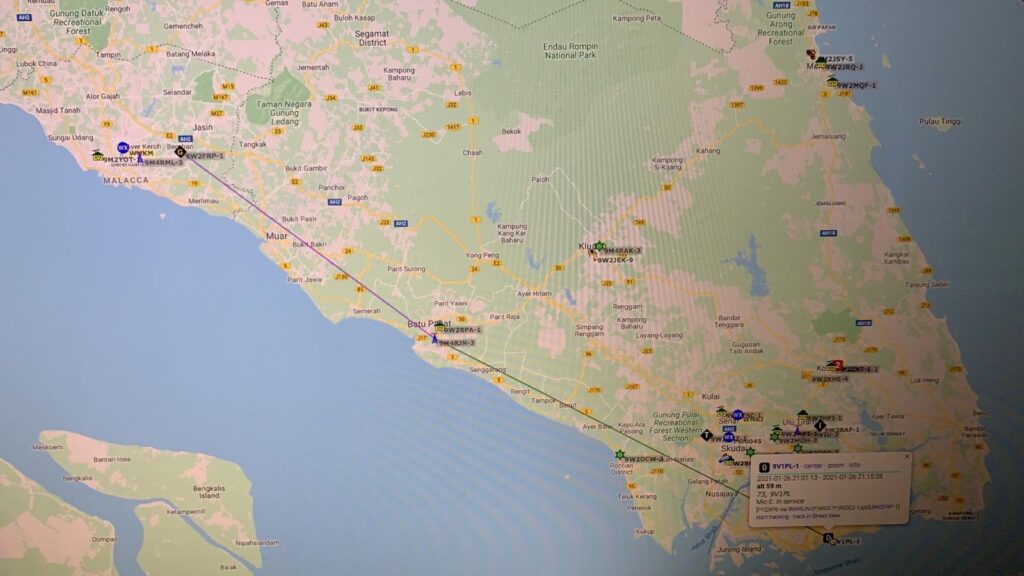
So what happens, when the satellites are out of sight? There’s really nothing else to poke out there. This was, when I got bored cursing at those buildings in front of me. Then I started thinking about the theory. If one could bounce signals off the moon, the satellites, why not these buildings?
That gave birth to another experiment bouncing my APRS packets off these buildings.
To my surprise, the success was beyond my expectations. I actually managed to hit an APRS iGate in West Malaysia’s Batu Pahat, which got me to another station in Malacca!
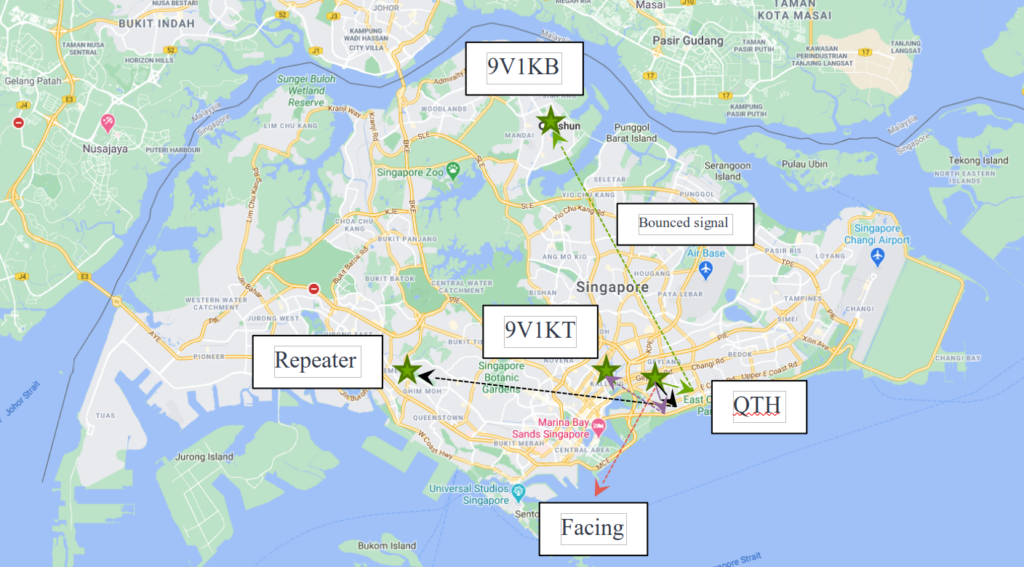
Different buildings send signals to different directions
Day after day I would point my Yagi at these buildings in front of my balcony, although I must say there were fair amounts of time between successes and failures.
I began plotting these building for which direction it would send my signals. Subsequently, I decided to dive deeper into the facet of these buildings, each square or rectangular block presented a few angled surfaces to me.
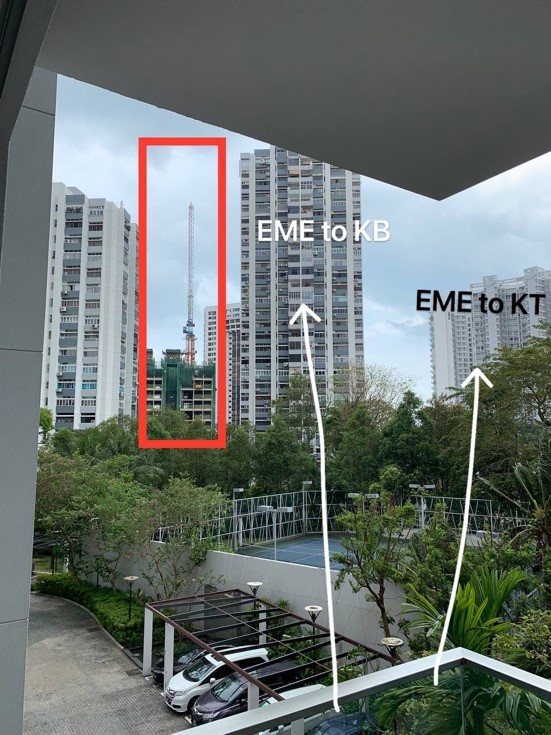
I could bounce my signal backwards to the north (Remember, my balcony faces south west). I could bounce it towards the north east, and then I found the side of two of these buildings allowing me to bounce my signals to the west! Yes, that’s where I hit and held the SARTS repeater successfully.
Antenna a powerful part of transceivers
We often look at how much power our equipment can transmit; often a very good antenna setup gets us our contacts with very little power needed. I could now trigger and hold the repeater at 0.5 W!
In conclusion, I hope this article provides an alternative to those of us facing similar challenges. I learn as a HAM to be creative, to explore within the boundaries and rules governing this hobby, and never give up since there are always many solutions to a given challenge.
73,
9V1PL / KJ7VOT
Philip Lai